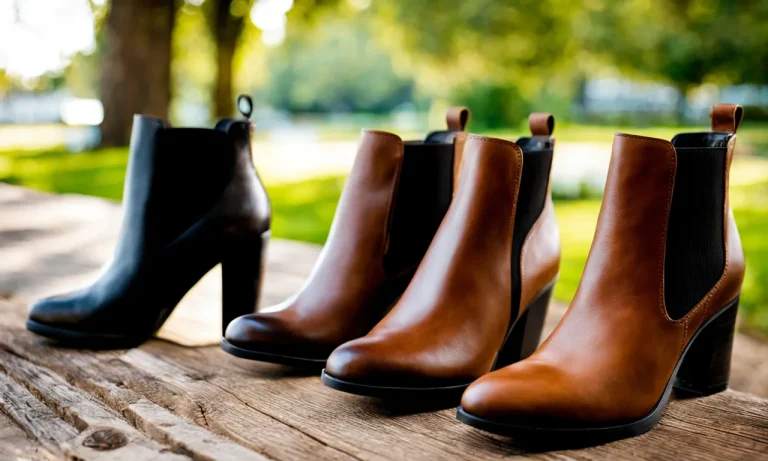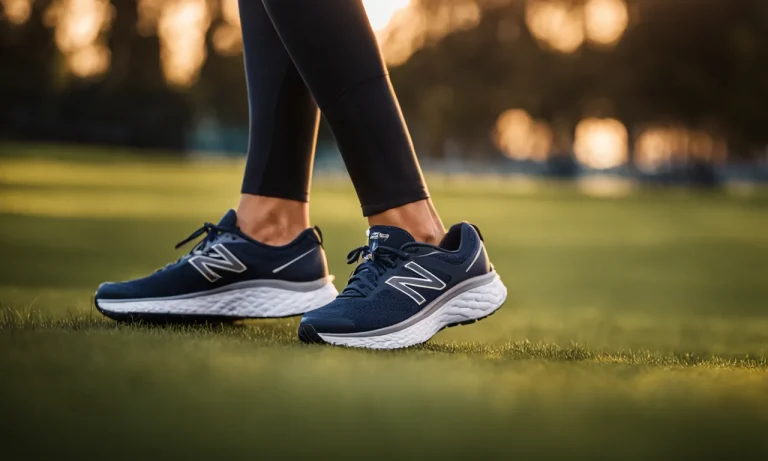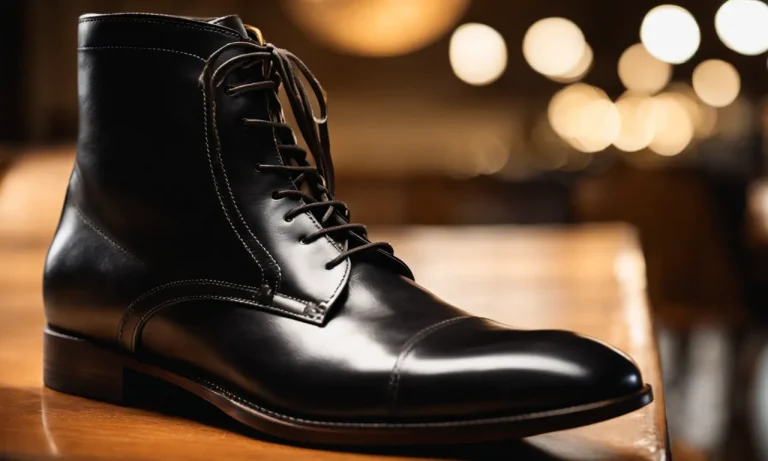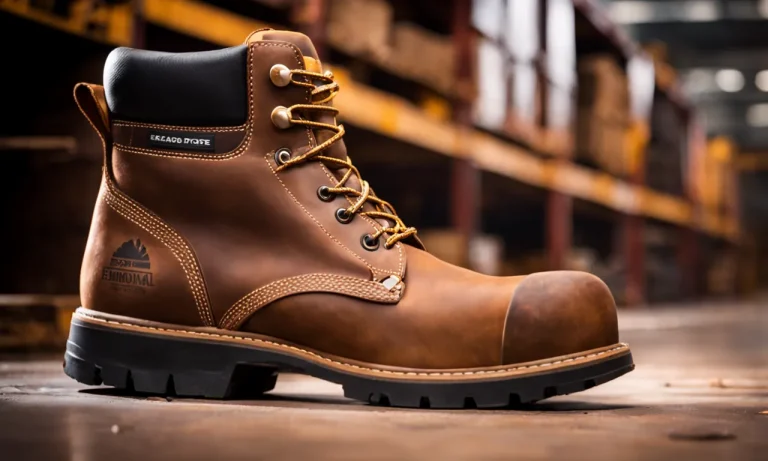Cats are known for their soft, fuzzy paws that allow them to silently stalk their prey. But have you ever wondered what it would be like if your cat wore boots? Cat boots have become increasingly popular among some pet owners who want to protect their cats’ paws from hot pavement or rough terrain during walks.
But are cat boots really all they’re cracked up to be? Let’s take a closer look.
If you’re short on time, here’s a quick answer: cat boots can be good in certain situations, like protecting paws on hot concrete or preventing injuries on rough hikes. But they also have some downsides to consider, like potentially irritating skin, restricting movement, or interfering with scratching behaviors.
Proper training and a good boot fit are key to helping cats tolerate boots.
Potential Benefits of Cat Boots
Protect Paws from Hot Surfaces
One of the major benefits of Cat Boots is their ability to protect your cat’s paws from hot surfaces. Whether it’s scorching pavement or a sizzling sandy beach, these boots provide a barrier between your furry friend’s delicate paws and the blistering heat.
This can prevent painful burns, blisters, and discomfort for your cat, allowing them to walk and explore without any worries. According to PetMD, walking on hot surfaces for prolonged periods can cause serious injuries, so it’s important to take precautions.
Prevent Injuries on Rough Terrain
Cat Boots are also beneficial in protecting your cat’s paws from injuries that can occur on rough terrain. Whether your cat loves exploring rocky trails or playing in a thorny bush, these boots act as a shield against sharp objects, rough surfaces, and potential hazards.
They provide additional support and cushioning, reducing the risk of cuts, bruises, and sprains. With Cat Boots, your cat can freely roam and enjoy their outdoor adventures without any worries about hurting their paws.
Keep Paws Clean and Dry
Another advantage of Cat Boots is that they help keep your cat’s paws clean and dry. These boots act as a barrier, preventing dirt, mud, snow, and other debris from getting in between their toes. This can be particularly useful during rainy or snowy weather when the ground can get muddy or slushy.
By keeping their paws clean and dry, Cat Boots can minimize the chances of your cat tracking dirt and mess into your home, making cleanup a breeze.
Help Heal Injuries
Cat Boots can also aid in the healing process of paw injuries. Whether your cat has a minor cut, a wound, or a medical condition that requires extra care, these boots can provide protection and support.
They can prevent your cat from licking or scratching the affected area, reducing the risk of infection or further damage. Additionally, Cat Boots can help keep any medication or ointments in place, allowing them to work effectively.
Always consult with your veterinarian for proper guidance on using Cat Boots for healing purposes.
Potential Drawbacks of Cat Boots
May Cause Skin Irritation
While Cat Boots are generally designed to provide protection for your cat’s paws, there is a possibility that they may cause skin irritation. Some cats may have sensitive skin that can react to the materials used in the boots.
It’s important to monitor your cat closely when they first start wearing the boots to ensure that they are not experiencing any discomfort or irritation. If you notice any redness, swelling, or excessive licking or chewing, it’s best to consult with a veterinarian.
Restrict Natural Movement
Another potential drawback of Cat Boots is that they can restrict your cat’s natural movement to some extent. Cats are known for their agility and flexibility, and wearing boots can limit their ability to climb, jump, or walk comfortably.
While some cats may adjust to wearing boots over time, others may find it difficult to adapt. It’s important to consider your cat’s comfort and freedom of movement when deciding whether or not to use boots.
Interfere with Scratching
Cat boots can also interfere with your cat’s natural behavior of scratching. Cats use their claws to scratch surfaces, which helps to keep their claws healthy and allows them to mark their territory. Boots can hinder their ability to scratch effectively, which may lead to frustration or stress.
If your cat wears boots, it’s important to provide alternative scratching surfaces such as scratching posts or boards to ensure they can still engage in this important behavior.
Require Training
Introducing your cat to boots and getting them comfortable with wearing them may require some training. Cats may initially resist wearing boots and try to remove them. Patience and positive reinforcement are key when it comes to training your cat to wear boots.
It’s important to start with short periods of wear and gradually increase the duration to allow your cat to get used to the sensation. Positive experiences, treats, and praise can help make the training process smoother.
While Cat Boots can provide certain benefits, it’s essential to consider these potential drawbacks before deciding to use them for your cat. Every cat is unique, and what works for one may not work for another.
It’s important to prioritize your cat’s comfort and well-being when making decisions regarding their footwear.
Tips for Getting Your Cat Used to Boots
Start Slow with Short Wear Times
Introducing your cat to boots can be a gradual process. Start by allowing your cat to sniff and explore the boots while they are stationary. Once your cat seems comfortable with the presence of the boots, you can start putting them on your cat’s paws for short periods of time.
This will help your cat get used to the sensation of wearing boots. Remember to always monitor your cat closely during this process to ensure their safety and comfort.
Reward and Praise for Cooperation
Positive reinforcement is key when getting your cat used to wearing boots. Whenever your cat cooperates and allows the boots to be put on, reward them with treats, praise, or playtime. This will help create a positive association with the boots and make the experience more enjoyable for your cat.
Be patient and consistent with your rewards, as it may take some time for your cat to fully adjust to wearing boots.
Choose Boots that Fit Well
It is important to choose boots that fit your cat properly. Ill-fitting boots can cause discomfort and may be more difficult for your cat to get used to. Measure your cat’s paw size accurately and look for boots that provide a snug, yet comfortable fit.
Consider consulting with a veterinarian or a professional pet store to ensure you choose the right size and style of boots for your cat’s specific needs.
Introduce During Playtime
One way to make the introduction of boots more enjoyable for your cat is to incorporate them into playtime. During play sessions, place the boots near your cat and encourage them to interact with them in a positive manner.
This can help your cat associate the boots with fun and play, making them more receptive to wearing them in the future. Remember to always supervise your cat during playtime to ensure their safety.
Remember, every cat is unique, and the process of getting them used to wearing boots may vary. Be patient, consistent, and always prioritize your cat’s comfort and well-being. With time and positive reinforcement, your cat can become accustomed to wearing boots and enjoy the benefits they provide, such as protection from harsh weather conditions or outdoor hazards.
Types of Cat Boots
Sock-Style
Cat boots come in various styles, and one popular type is the sock-style boot. These boots are designed to fit snugly around the foot, providing a comfortable and secure fit. The sock-style boot is made of flexible and breathable materials, allowing for ease of movement and preventing the foot from feeling restricted.
These boots are perfect for everyday wear, as they provide both style and functionality.
Ankle Booties
Another type of Cat boot is the ankle bootie. As the name suggests, these boots provide coverage up to the ankle. Ankle booties are versatile and can be paired with a variety of outfits, making them a popular choice among fashion enthusiasts.
These boots offer protection and support to the ankle while still allowing for flexibility and ease of movement.
Full Leg Coverings
For those who require more extensive coverage, Cat boots also come in the form of full leg coverings. These boots extend up to the calf or even the knee, providing maximum protection and support. Full leg coverings are particularly useful in rugged terrains or harsh weather conditions, as they shield the entire lower leg from elements such as mud, water, or snow.
They are commonly used in industries such as construction, landscaping, or farming.
When choosing the type of Cat boot that suits your needs, consider factors such as the intended use, comfort, and style preferences. It’s also essential to ensure that the boots fit properly to promote foot health and prevent discomfort.
Conclusion
Cat boots certainly aren’t necessary for every feline, but they can be useful tools in specific situations for protecting paws and preventing injuries. The key is proper training, a good fit, and close monitoring of your cat’s tolerance.
And as always, consult your vet if you have any concerns about your cat’s health or behavior with boots. With patience and the right precautions, boots can be a safe accessory for some cats’ adventures.






